OUR SOLUTIONS
This section provides information on the different types of solutions that are available to improve your communication ability.
Hearing Aids
Our hearing instruments are state-of-the-art technology, comparable, for example, to the latest developments in personal computing. Just as there are desktop PCs, notebooks and electronic agendas, today’s standard hearing solutions also come in various styles and designs, including BTE, ITE and RITE systems.
Hearing Aid Styles
There are three most commonly used hearing aid styles.
• Receiver-in-the-Ear (RITE)
• Behind-the-ear (BTE)
• In-the-ear (ITE).
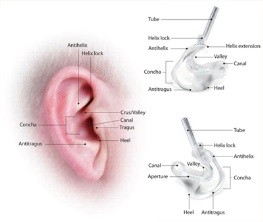
The receiver-in-the-ear (RITE)
The receiver-in-the-ear (RITE) is fast becoming the most popular style of hearing instrument. Lightweight, very small, nearly invisible with a range of colours make these solutions cosmetically appealing. The earpiece has a better fit and is more comfortable and easy to wear. The sound travels in a less noticeable, ultra-thin sound wire straight into your ear which means even clearer and more natural sound quality
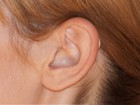

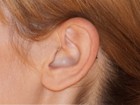
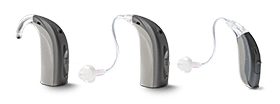
The behind-the-ear (BTE)
The behind-the-ear (BTE) style hearing aid is housed in a small curved case which fits behind the ear and is attached to a custom earpiece moulded to the shape of your outer-ear. Typically, BTEs are the most powerful hearing aid style available
The in-the-ear (ITE)
The in-the-ear (ITE) style hearing aid fits directly into the ear. The circuitry is housed primarily in the concha (external) portion of the ear. Due to the miniaturization of the component parts (including the microphone, receiver and battery), it is possible to make hearing aids small enough to fill only a portion of the concha (ITC) or fit deeply into the ear canal (CIC). The ITC and CIC styles, because of their size, have less manual controllability and sometimes require a remote control to adjust volume control and program button.
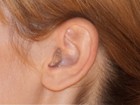
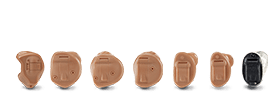
Assistive Listening Devices
Assistive Listening Devices
Assistive Technology is an umbrella term that includes assistive, adaptive, and rehabilitative devices for people with a hearing loss who are deaf or hard of hearing. These devices promote greater independence by enabling people to perform tasks that they were formerly unable to accomplish. Assistive listening devices can be used with or instead of hearing devices. They can assist when watching television alone or with members of the family, communicating over the phone or going to public venues such as churches and theatres.
These devices may include:
• Auditory – to help the listener hear sound better
• Visual – to display text in place of, or in addition to sound
• Vibrotactile – to use vibration to alert to some event such as a telephone call, smoke alarm, baby cry
Whether or not you wear hearing aids, assistive technology can be used in many situations to help access information by making listening and understanding easier and more effective. As important, alerting systems are available for dangerous and emergency situations as well as everyday convenience with door bells, alarm clocks, and telephones.
These auditory or assistive listening systems can be used to amplify sounds for:
• One on one or group communication
• Telephone communication
• TV, radio and sound system reception
• Reception of public address information
The 3 main types of transmission [from transmitters] are:
• Infared
• FM [frequency modulation or wireless transmission]
• Audio induction loop systems [use of electrmagnetic fields]
The types of receivers used may include:
• Headphones
• Stethosets
• Ear Buds
• Hearing aids with a telecoil
• Hearing aids with FM capability
Visual systems supplement or replace audio information and the main services are:
• Teletext – to display open captions and provide suitable audio content on TV. TV networks are obliged to offer this service under Equal Opportunities agreements
• Real time captioning or CART often used in theatre performances, meetings and conferences. A stenocaptioner is often used.
• The telephone Typewriter [TTY] connects to a standalone phone and allows a text message either to another TTY user, or via the National Relay Service [NRS].
• Mobile phone texting
• Flashing light signalling to alert to a telephone ring
Vibrotactile systems provide a vibration response using a wireless system to alert you to:
• A door bell ringing
• A smoke alarm
• A phone ring
• A baby cry
Some Assistive Listening Devices Available From ACTIV-EARS Audiology
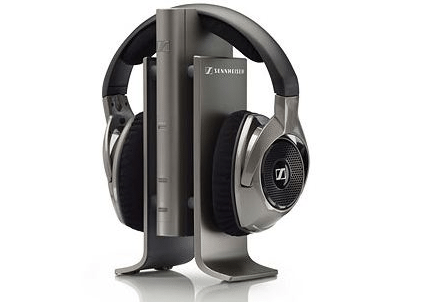
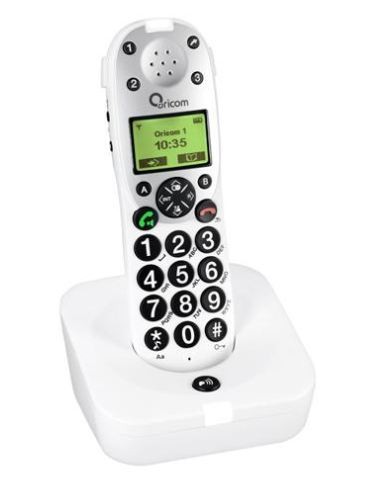
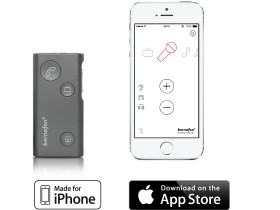
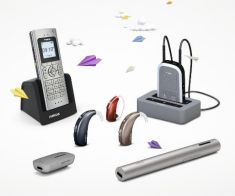
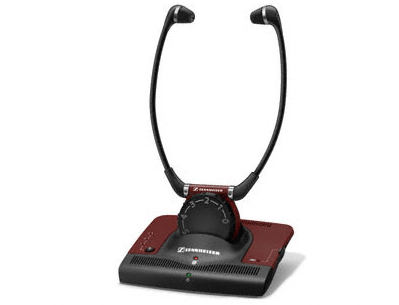
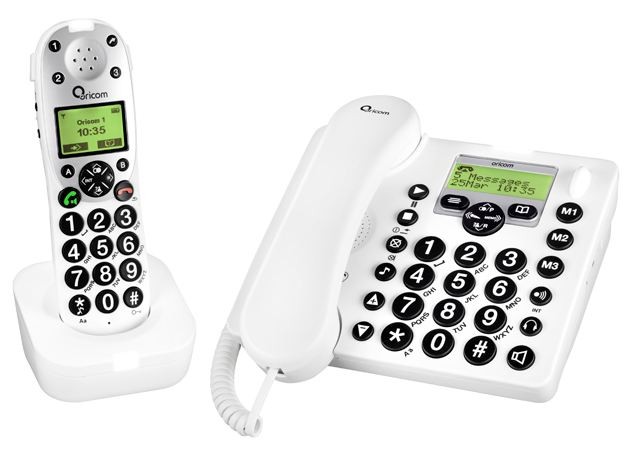

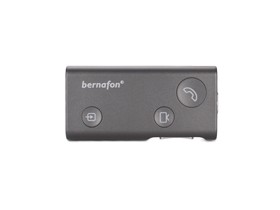
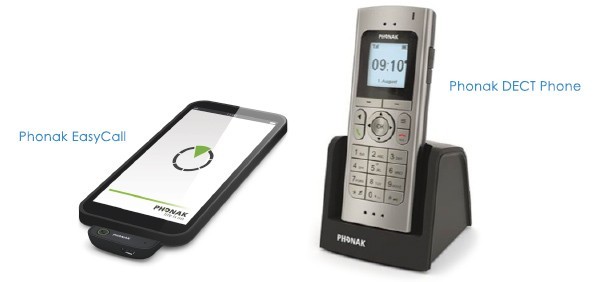
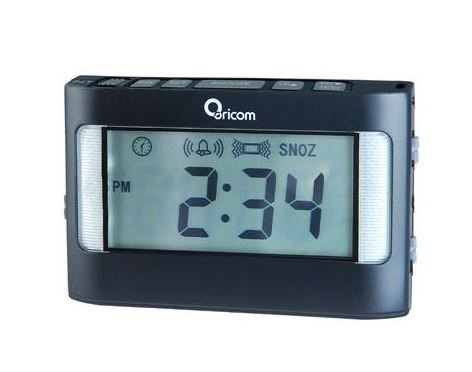
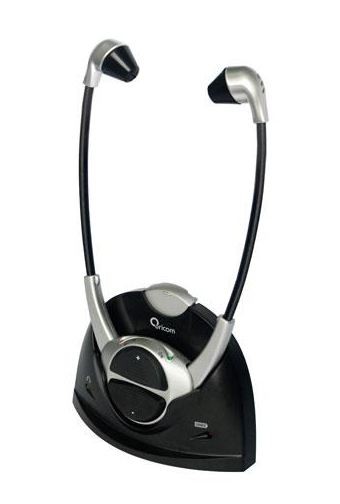
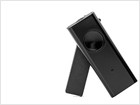
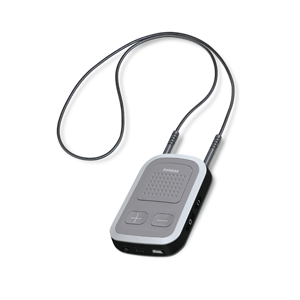
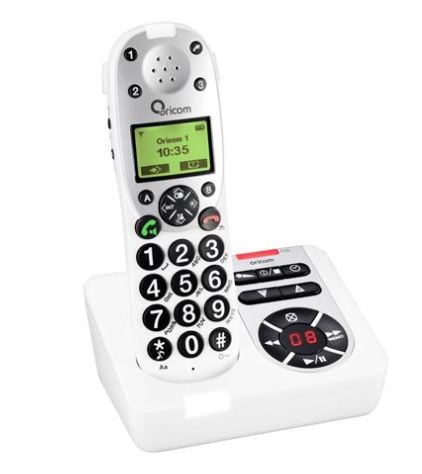
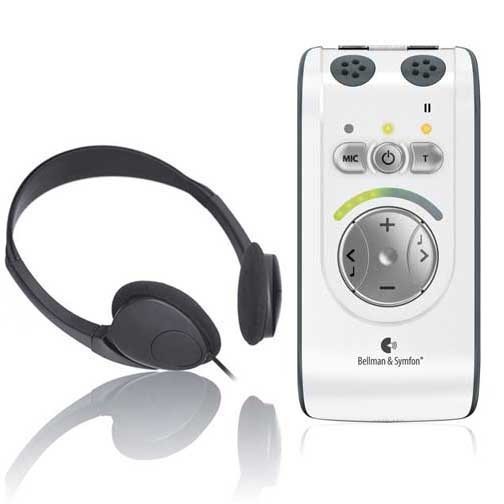
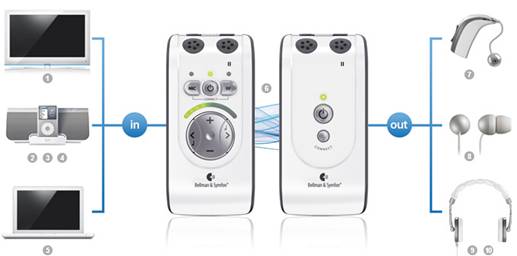
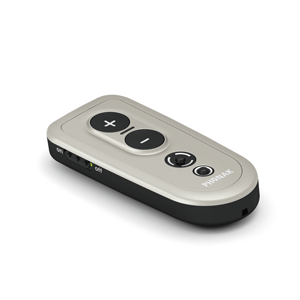

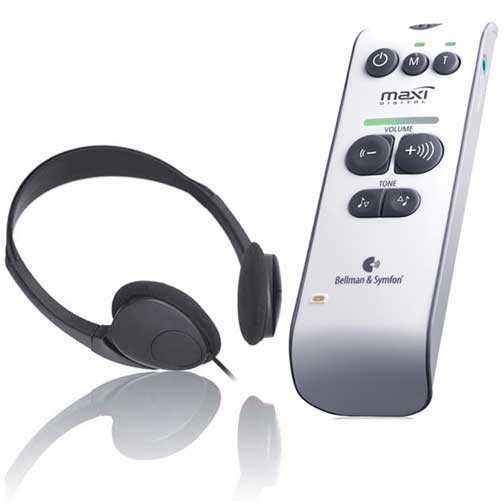
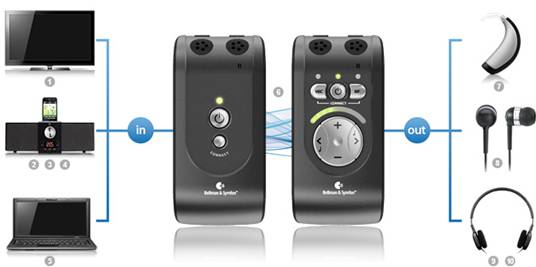
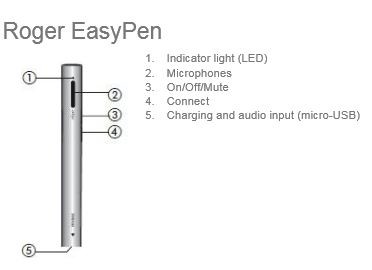
HEARING AID FAQ
Do I need to wear two hearing aids?
This is largely dependent on the type and configuration of your hearing loss, so it is important to have your hearing assessed by a qualified Audiologist so an appropriate and informed recommendation can be made. However, research has shown consistently that the use of a hearing instrument in both ears has a positive impact on the wearer's ability to localise sound (where the sound is coming from), their ability to discriminate speech in noisy environments and improves the overall clarity of auditory information. If you look at it another way, why would you only get one lens in your glasses when both eyes need help?
Will wearing a hearing aid improve my hearing?
The old saying “use it or lose it” can apply here. A hearing instrument is designed to rehabilitate your hearing loss by providing frequency specific amplification where you need it most, to achieve adequate clarity of auditory information. The clearer the auditory information delivered to the ear, the better the brain is able to process the sound to improve your communication ability. In most cases unfortunately, sensorineural hearing losses are irreversible due to a deficit of damaged hair cells in the cochlea, e.g. usually damaged by excessive noise exposure or ototoxic drugs etc. Some types of conductive hearing losses can be addressed through medical intervention by an Ear Nose and Throat Specialist. Therefore it is important to have your hearing assessed by a qualified Audiologist to determine the most appropriate treatment option for you.
If the person with the hearing loss chooses not to treat their hearing loss with amplification e.g. hearing aids, when no action is taken and the nerves of the hearing mechanism aren’t use, they become deprived of stimulation and slowly become weakened. You may have saved a few bucks by purchasing a single hearing aid rather than a pair, but you are depriving one ear from sound and causing the nerves on that ear to slowly weaken. Over time, that unaided ear is going to lose more and more functionality and when you do get around to buying a pair of hearing aids or adding a second hearing aid, that unaided ear will have a harder time adapting to sound.
Will Hearing Aids Stop Background Noise?
No matter what you see advertised, there is no device that can completely remove background noise, nor would you want it too. A person with normal hearing can hear background noise, so why would a hearing aid cut it out completely. You need some background noise for safety reasons as well, like in hearing a reversing truck beeper or a rather large bus coming up behind you! What hearing instruments can do is apply greater emphasis to sounds in important areas, such as the speech range, and less amplification weighting to sounds identified as noise, making those background sounds less prominent, but still audible.
What type of hearing aid is right for me?
There have been significant advances in hearing instrument design over the last couple of years, with devices becoming smaller and more discrete increasing the functional fitting range of the instrument. The social stigma associated with hearing loss has also reduced significantly since these technologies have become more readily available. Following your hearing assessment, your Audiologist will discuss with you the most appropriate options based on your degree of hearing loss and relevant lifestyle factors.
ACTIV-EARS Audiology is accredited to provide free hearing evaluation services to pensioners and war veterans (DVA cardholders) under the Australian Government Hearing Services Program. ACTIV-EARS Audiology provides hearing aids and assistive technologies for pensioners and war veterans.
How to apply for this program:
We will add you to the Hearing Services Program and print your voucher, so you can attain FREE services.
Eligibility criteria for hearing services from the federal government can be found on the Hearing Services Program website.The website is http://www.hearingservices.gov.au/wps/portal/hso/site/eligibility/programhelp/eligibility/
Comments are closed, but trackbacks and pingbacks are open.